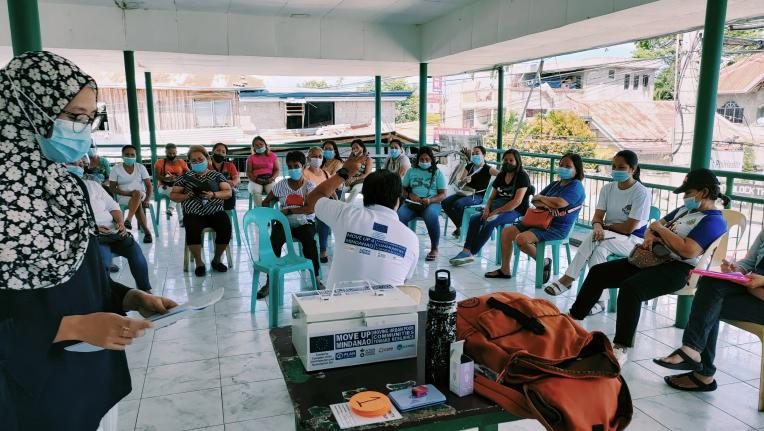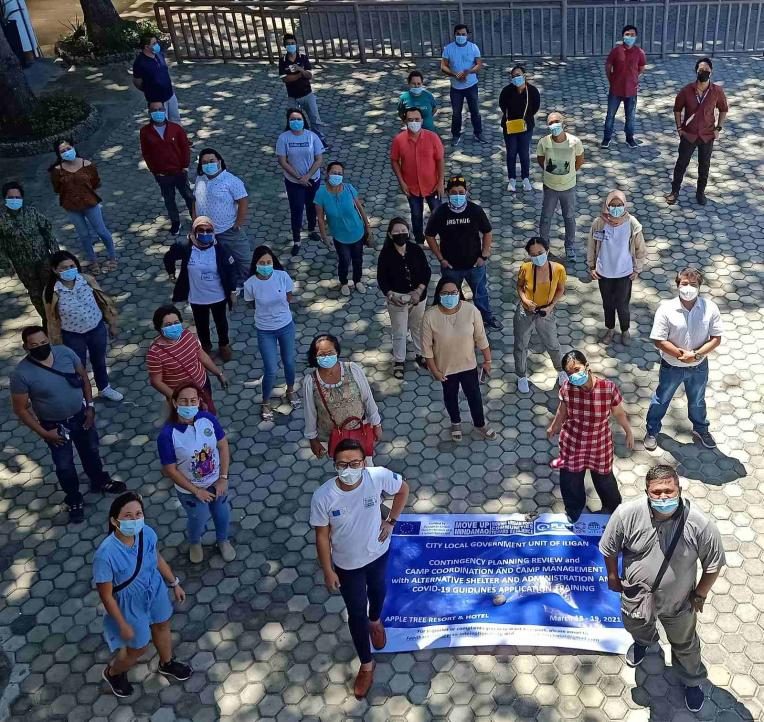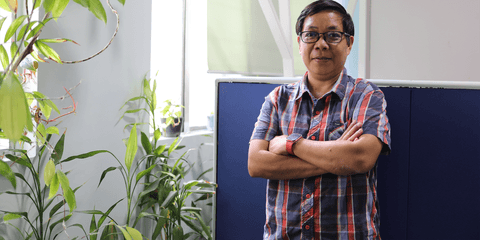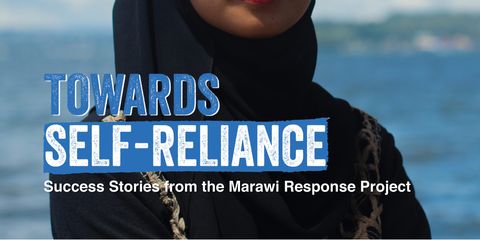27 OCTOBER 2021
On World Cities Day we are reminded of the crucial importance of supporting children and young people, especially adolescent girls, where they are, in the cities and slums that are growing exponentially and at high risk of climate-related crises and disasters, blogs Louise Meincke, Urban Hub Manager.

The 21st century has been called the world’s first urban century; the majority of the world’s population now live in cities. Based on current trends, by 2030 approximately 60% of the global population, about 5.2 billion people, will live in urban areas.
This growth is happening mainly in low and middle-income countries, where at least 1 billion people live in informal settlements and slums, a number that is expected to double by 2030. A large proportion of those are children and young people.
As poverty and inequality are now increasingly an urban phenomenon, organisations like Plan International, historically a rural-focused development and humanitarian organisation, has had to adapt. In order to meet the needs and secure the rights of children and young people, especially adolescent girls, Plan International has been increasing our work in urban areas, including in response to the climate crisis.
Adapting cities for climate resilience
This year’s theme for World Cities Day on 31st October is ‘adapting cities for climate resilience’. The theme is important as it draws our attention to the fact that the design and management of cities is key in tackling and responding to climate change. Increasing floods, droughts, tropical storms, rising sea levels and other extreme weather events are affecting cities and the urban poor.
In the Philippines, Plan International has been supporting local communities to adapt to climate-related crises through the European Union-funded MOVE UP Project (‘Moving Urban Poor Communities Towards Resilience’). The project aims to increase survival, coping and recovery strategies among the most vulnerable communities in Manila.

As the world’s most densely populated city, Manila is home to approximately 14 million people. About 40% of the urban population live in slums in the Philippines. By working with communities, partner organisations and local governments, the MOVE UP project has developed inclusive temporary shelters, including safe spaces for children, adolescent girls and women.
Furthermore, communities have been trained in disaster preparedness and alternative livelihood activities and shock-responsive social protection measures have been implemented in several areas.
One of the activities to prepare for these shocks and stresses is the creation of Community Savings Groups (CSG) to ensure the livelihoods of families and communities are resilient in the face of climate-related crises.
As Noraida, an internally displaced woman living in the Philippines notes, “Through Plan, we formed a (community savings group) here in our neighbourhood. I am a single mother and I don’t even have my own home. But the CSG has been giving me the sense that my small contributions, money for our fund and time and effort for our small group business, are not just helping me and my family but also other people.”
On the other side of the world in the Dominican Republic, Plan International has implemented the ‘prepare to respond’ project, working with urban communities to prepare and respond to disasters, with a focus on gender, protection and inclusion.
The Dominican Republic is a highly urbanised country, with more than 80% of the population living in urban areas and approximately 15% of these in slums. Particular areas of the capital Santo Domingo are at high risk of flooding. As part of the project, Plan International has worked with communities, partner organisations and local governments to set up volunteer community networks and sharing tools and knowledge to better prepare for disasters with the aim being that 12,000 people will benefit.
Supporting children and young people in the cities where they live
On World Cities Day we are reminded of the crucial importance of supporting children and young people, including adolescent girls, where they are – in cities and slums that are growing exponentially and at high risk of climate-related crises and disasters.
As climate change threatens to change the face of many cities and the lives of the children and young people that inhabit them, Plan International is working to ensure their communities and governments are prepared, more resilient and adaptable to these shocks. In the process, children and young people are becoming advocates for their communities and climate change mitigation, which is imperative to build sustainable cities and communities.
Read more about Plan International’s work on urban fragility, climate adaptation and resilience building in urban areas: ‘Tackling a double threat: Children at the front and centre of urban fragility and climate change’, a policy brief developed as part of the World Urban Campaign in collaboration with World Vision, UNICEF and Cities for Children Alliance.


